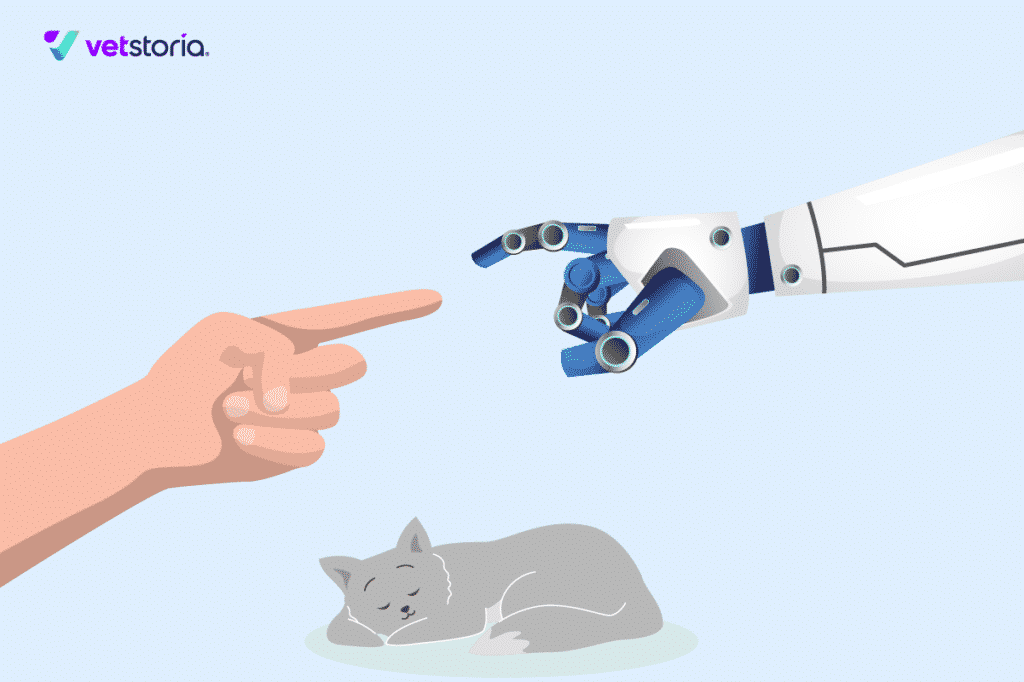Weaponizing Automation against Recession

It’s remarkable how fast the strange and impossible become routine. For many shoppers, hard-working supermarket workers in their familiar uniforms have been the only humans they’ve seen in lockdown. Some countries (such as the UK and Spain) even clapped for them on specific days of the week.
Some of those workers may have feared for their jobs when self-checkout machines emerged in the early 2000s. Luckily for all of us, automation didn’t wipe the smiles off their faces.
Economic recessions historically inflame anxieties around automation. It’s alarming to know that the recovery from WWII, the Spanish Flu, and the 2008 financial crisis was not primarily down to creating more jobs. Instead, it was the advancement of automation that fueled such recovery.
Companies strive to cut costs during economic downturns by “trading down”, opting for a leaner, more productive, and less labor-intensive workforce with the help of technology. Why employ six team members when you can operate with five? But is this the right approach for veterinary practices?
How th e veterinary industry moves forward with automation
The jobs of veterinarians and technicians/nurses are hard to automate but that is not to say all veterinary jobs are safe.
A 2016 study found that “workers in occupations that pay less than $20/h are at high risk of being replaced, while the corresponding figure for workers on $40/h is only at 4%”. This finding places veterinary receptionists and some practice managers in the high-risk category unless management adapts their post-COVID workflows to embrace the value they can bring.
After COVID-19 passes, veterinary practices will want to pandemic-proof their operations, which means, those labor-intensive tasks will be driven out of the practice and the front desk where people cluster will see its activities reduced to the bare essentials.
The virus is likely to change pet-owner behavior and alter social interactions in a way that’s similar to how some customers already prefer automated services to personal interactions today. Those who are normally “stand-offish” will continue to practice social distancing despite the official policy changes.

It’s clear that practices that are ready to embrace automation will have the upper hand in safeguarding their employee’s jobs, including receptionists, as automation can’t replace the human touch. However, automation will cater to a large portion of clientele who prefer to get things done without human interaction – a category many Millenials
Automation will undoubtedly drive long-term prosperity within the veterinary industry. In veterinary practices, however, pet-owners will continue to expect personal service, human touch, and empathy which technology can’t replicate. Vetstoria understands that, which is why our platform was designed to enhance the human touch rather than replace it.
How Vetstoria Helps
By using Vetstoria’s platform with features such as online booking, online payments, and hosted video consultations, your practice can streamline repetitive manual tasks to maintain a competitive advantage and ultimately protect jobs.
Wanna see how it could work for your practice? Book a FREE 1-to-1 personalized demo with one of our product specialists today!
About the author
Vetstoria
Vetstoria’s real-time online booking drastically reduces phone calls and keeps you in control. So you can focus on what matters most – providing quality pet care. Made for vets, by vets.
